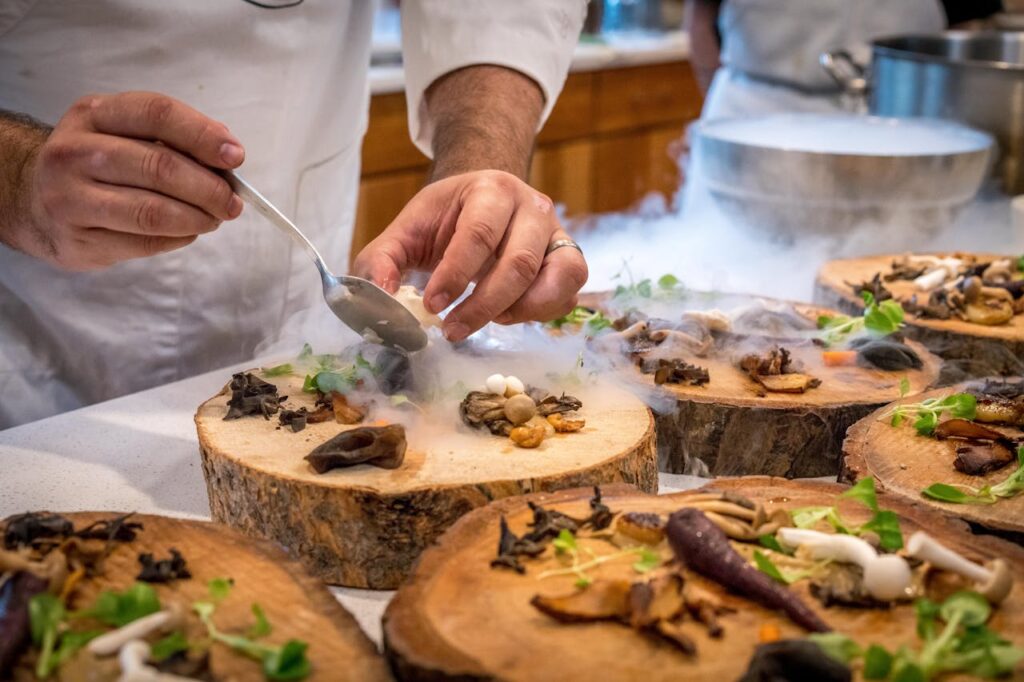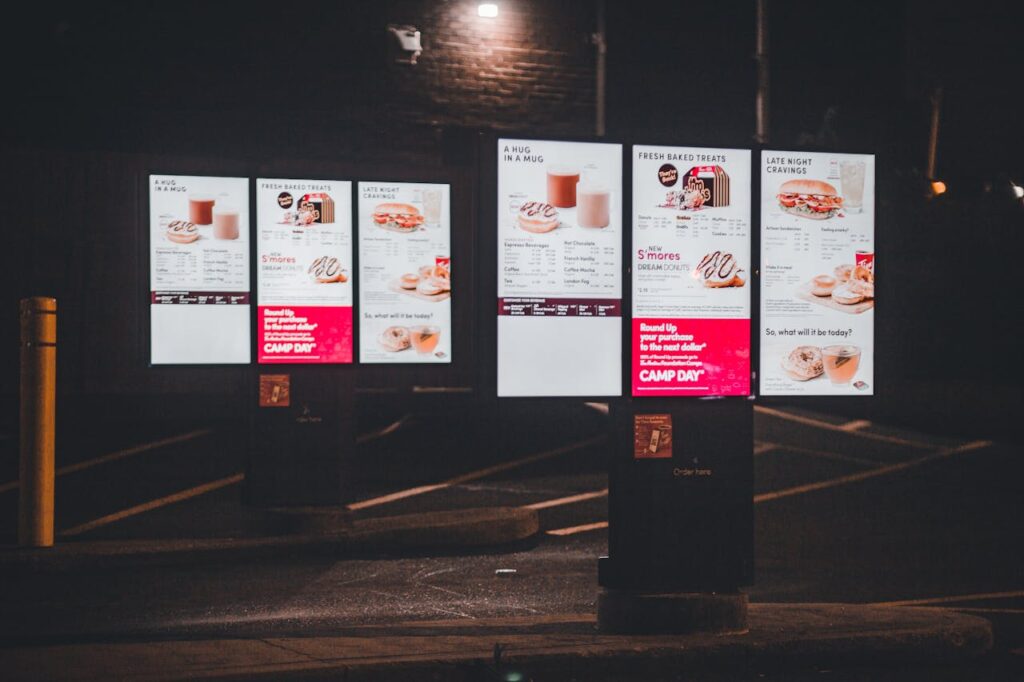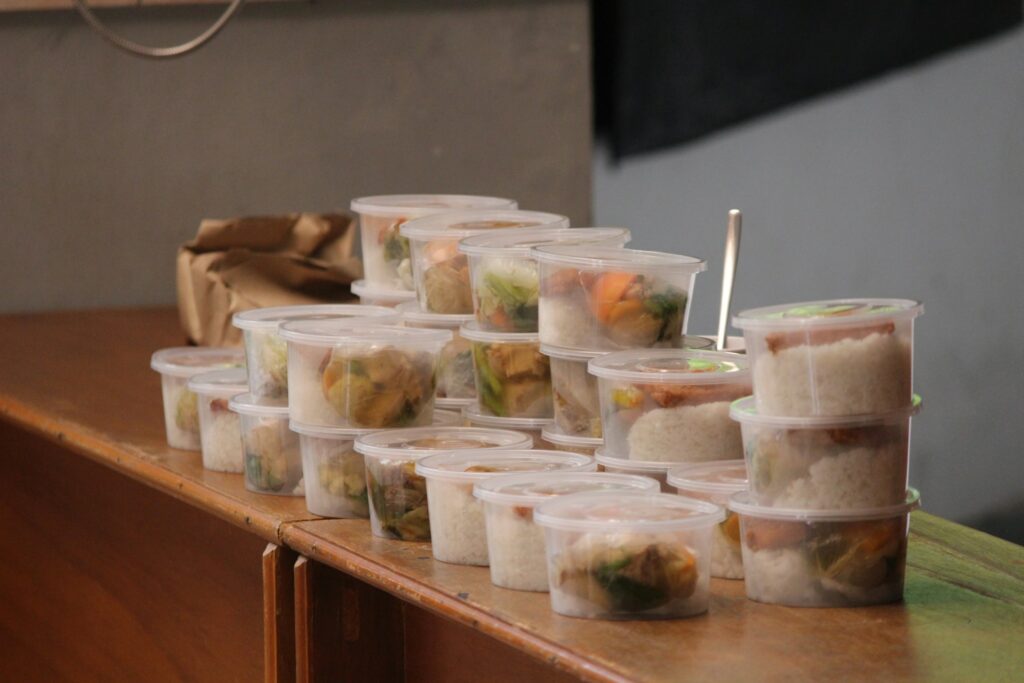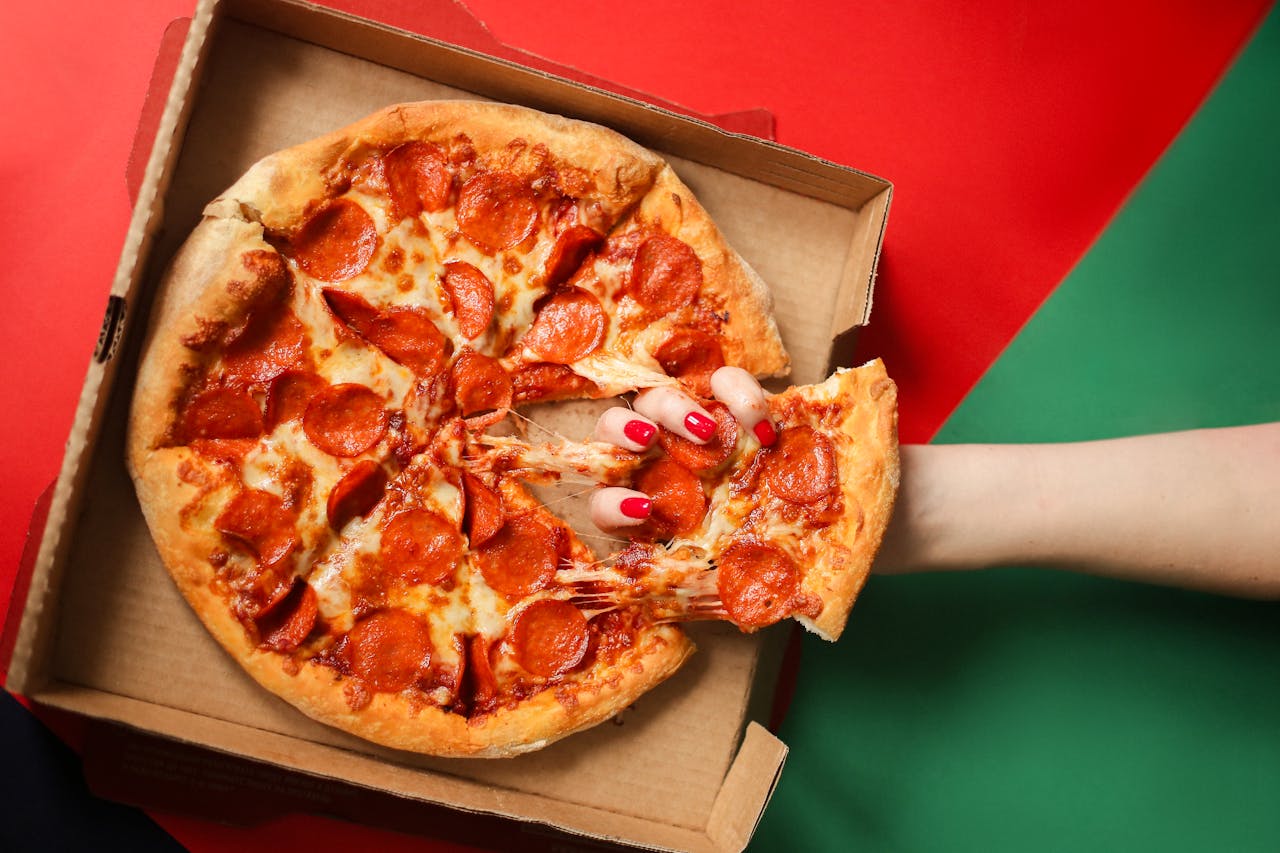10 Restaurant Policy Changes Diners Are Seeing In 2025 And What It Means For Menus

Restaurants in 2025 are redefining dining through innovation, transparency, and sustainability. Digital tools guide personal choices, eco policies cut waste, and inclusive menus welcome all dietary needs. Labor and pricing reforms create fairness and clarity while new wellness options balance indulgence and nutrition. From AI integration to dynamic menus, these ten policy shifts reveal how modern dining merges technology, human connection, and environmental responsibility.
1. AI-Powered Menu Personalization

AI-driven systems are transforming how diners interact with restaurants. Smart algorithms study guest preferences, previous orders, and seasonal data to create tailored menu suggestions. Real-time updates display dishes likely to appeal to each customer, reducing food waste while improving satisfaction. This use of predictive technology helps restaurants personalize experiences, enhance loyalty, and maintain efficient operations aligned with modern dining expectations.
2. Sustainable and Waste-Free Menus

Environmental awareness now shapes menu design. Restaurants increasingly source ingredients locally, highlight carbon counts, and reuse byproducts to minimize waste. Compost programs and upcycled recipes are common, promoting full ingredient utilization. Diners can see how each dish supports ecological goals. By connecting sustainability and creativity, restaurants attract conscious consumers who value flavors rooted in responsibility and seasonality.
3. Subscription Dining Programs

Subscription dining has replaced simple loyalty cards. Guests pay monthly fees for curated menus or chef-led experiences, providing both exclusivity and predictability. Restaurants gain steady revenue, simplifying purchasing and staffing. Subscribers enjoy familiarity with seasonal surprises that make dining habitual yet special. This predictable model blends convenience with connection, reshaping restaurant economics and customer engagement.
4. Flexible and Smart Pricing

Adjusting menu prices based on demand is no longer limited to airlines. Restaurants now use dynamic pricing that changes by time slot, menu popularity, or season. Guests see digital updates reflecting availability and savings during off-peak hours. This fairness-based model helps reduce waste and stabilize traffic flow. Clear pricing ensures value perception remains strong as operations adapt to new technology and cost balance.
5. Fair Pay and Tip-Free Policies

Tip-inclusive pay structures are becoming essential to remove wage disparity and stress among staff. Set salaries or pooled-service charges boost morale and simplify pricing transparency. Diners now know they are supporting fair compensation with each meal. This structured system helps retain skilled workers, enhances consistency, and aligns hospitality with global labor ethics focused on respect, equality, and long-term loyalty.
6. Group-Friendly Dining Experiences

Restaurants are redesigning seating and service to promote social experiences. Long tables, shared platters, and themed communal nights attract guests seeking connection. This policy also increases average check size and encourages storytelling around food. By turning meals into shared celebrations, eateries are reclaiming the communal roots of hospitality, offering warmth and inclusivity that invite conversation and togetherness.
7. Functional and Wellness-Based Ingredients

Menus in 2025 emphasize nutrition and emotional wellness as much as taste. Functional items like probiotic drinks, whole grains, and herbal infusions enhance vitality without sacrificing pleasure. Restaurants promote transparency in sourcing and preparation, appealing to health-conscious diners. Balancing indulgence with mindful eating, these policies align dining with wellness trends that define modern comfort and self-care.
8. Contactless and Tech-First Service

Digital service systems dominate the modern dining journey. Mobile ordering, cashless payments, and automatic receipts streamline every step. QR-based menus remain standard, minimizing errors and physical contact. These updates save time, reduce operational friction, and boost hygienic assurance. For diners, seamless processes reflect efficiency and personalization, merging hospitality charm with the precision of technology-driven service.
9. Accessible and Inclusive Dining Policies

Accessibility is integral to hospitality in 2025. Restaurants are implementing design improvements like wider aisles, braille menus, sensory-neutral zones, and digital text enlargers. Staff are trained to assist neurodiverse and differently abled guests with care. This inclusion-forward approach brands restaurants as community spaces where everyone feels welcome, reinforcing empathy and equality as non-negotiable business values.
10. Smaller, Seasonal Menu Rotations

Compact rotating menus reflect sustainability and artistry. Chefs spotlight fresh local produce, updating offerings monthly to match harvest cycles and reduce waste. Diners appreciate concise options that guarantee quality and consistency. Seasonal updates also encourage culinary experimentation while allowing tighter inventory control. This change marks a return to simplicity, emphasizing freshness over volume in every meal.





